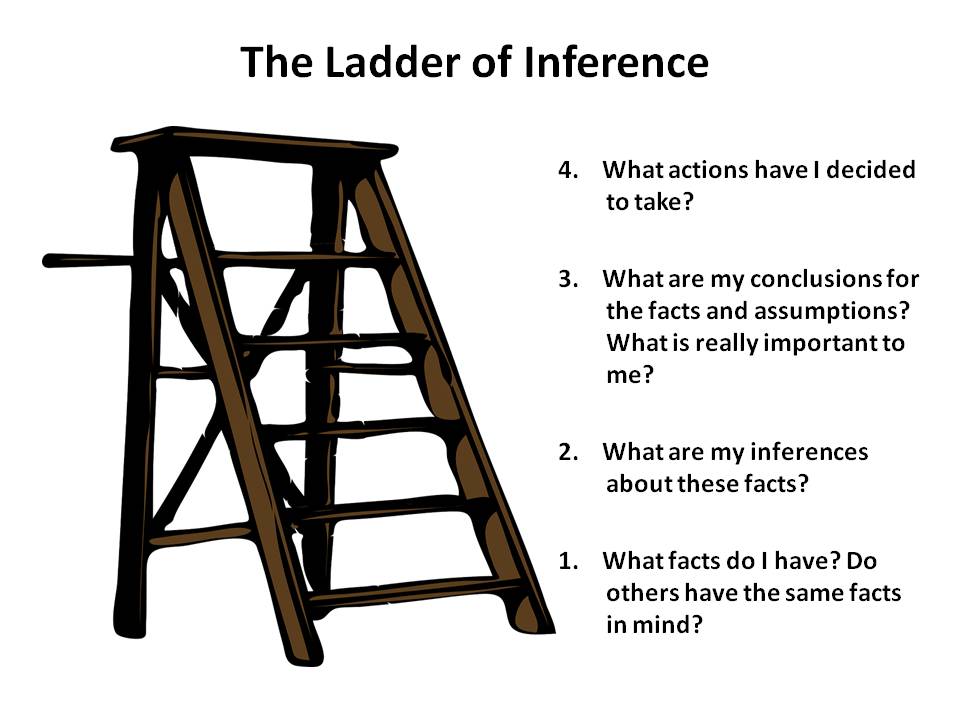Communicating in difficult times
5 things to ask yourself and 4 steps to enhance your effectiveness
We are living in times when leading people and organisations can be a very challenging job. We have to make tough calls with budgets, people and programmes – tougher probably than ever before. Yet, we want to make sure that we convey the right messages and people at the receiving end understand them in the way we want them to.
Some leaders are being kept awake by these tough calls and would rather not have to make them.
Still, we have to be highly effective in our communication to do the best for the organisation and -in the long run- also for our people and ourselves.
When we communicate we sometimes tend to forget that communication has a long way to travel to reach the receiver’s cognitive brain. In theory we all know that in one way or another we filter information we absorb with our senses. Yet, when things get tough somehow we lose sight of this. And in doing so we lose the sensitivity our communication approach should incorporate when we deal with tough calls and give bad news to our direct reports or teams.
Here are my tips that help me tremendously
I ask myself the following 5 questions:
- Am I clear for myself what assumptions I am making? Can I envisage what kind of assumptions this topic could create in the others’ minds?
- What is my intent with the communication? Does the content I am planning to communicate fully reflect my true intent?
- What level of complexity can the audience handle under stress? How simple can I keep my content to make it digestible?
- Am I true to myself with what I want or have to say?
- Am I able to show great empathy through ‘tough on subject but caring on people’?
After reflecting on these questions using the following tool makes it much easier to plan for what and how I want to say it. It is called ‘ladder of inferences’ and was initiated by Chris Argyris and further developed by Peter Senge.
The ladder of inference
This tool describes in a simple way how we process real data and observable information. Several internal steps which are influenced by our experience, our beliefs and our values lead us to certain new beliefs and conclusions. These in turn determine actions we take or how we communicate a particular subject.

In theory it is as simple as it looks on the picture but will still require some effort to really get used to and to be made part of our thinking.
To make it work for me I go through 4 steps in my mind
Step 1: What facts do I have? Which of them do I select as relevant? Does my audience have the same facts in mind?
Step 2: What are my inferences about these facts? Why do I focus on them? What assumption am I making with these facts in mind? How can people follow my thinking process? What do I need to tell to open my perspective to them?
Step 3: What are my conclusions for the facts and assumptions? What is really important to me (my values, my beliefs) in this subject? What could my discussion partner or the audience make out of these?
Step 4: What actions have I decided to take? How do the conclusions influence my view of the world and my beliefs? What would others decide to do? What do they need to follow my proposed actions?
Though this may look a bit laboured at first, I got used to it very quickly, in fact, in any conversation. To adapt this for yourself just give yourself a gentle reminder and reflect on this process when things are getting really tough and I am sure you will continue to be successful and have effective conversations.
At Con-TACT we have developed a self-directed module which dives deeper into this approach and can help developing this competence at one’s own pace. It forms a core element of one of our virtual leadership development programmes.
Today we would like to give you the opportunity to get free access to this core module. Just register through the link below to get the access code to our campus and this module or get in touch with me direct so that we can discuss and explore this shift in attitude.


